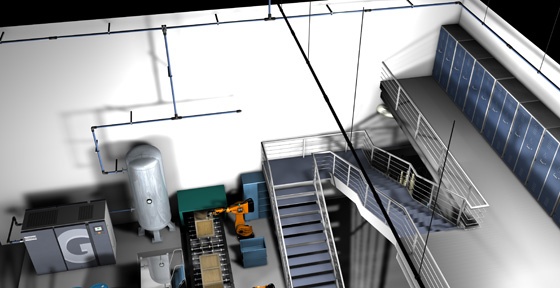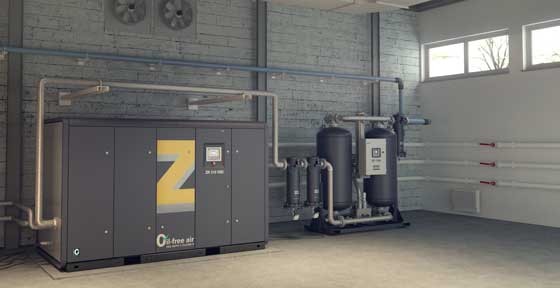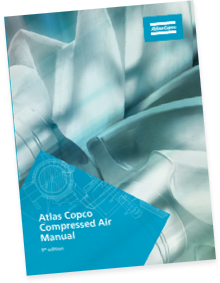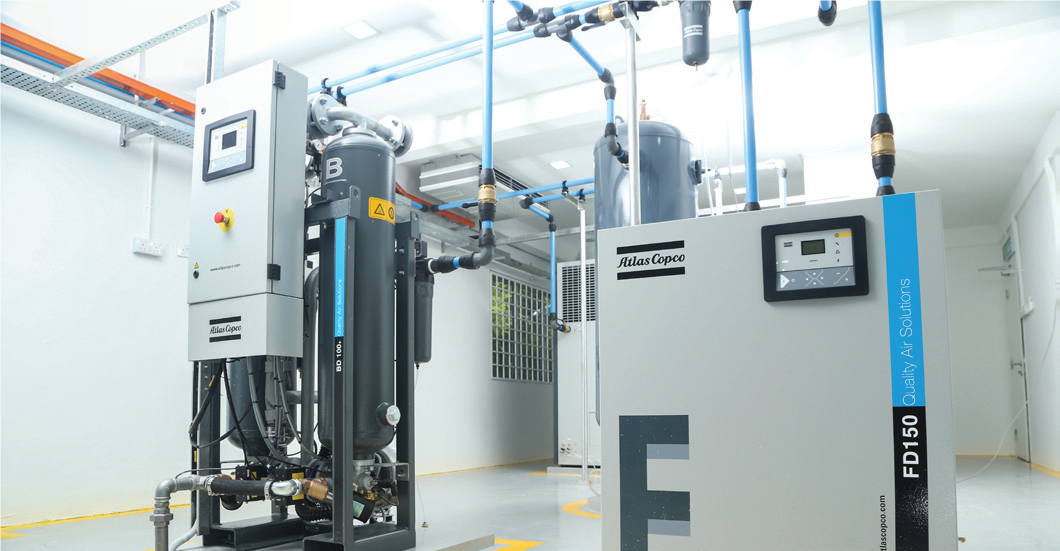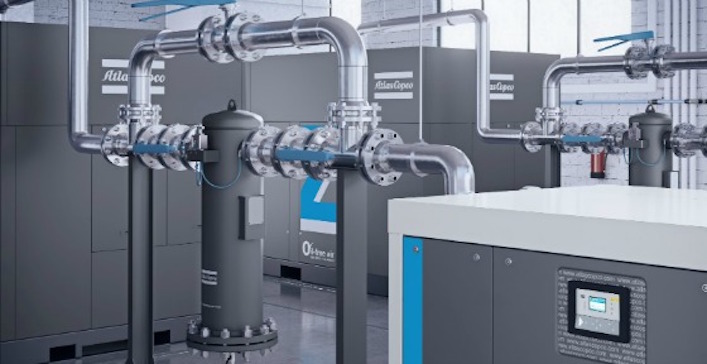In some parts of the country, April showers bring May flowers and a heavy dose of humidity that tends to hang around well into the early days of fall. With temperatures and humidity on the rise, your compressed air system will experience additional water loading on the air treatment equipment. It’s important to note, at peak warm weather compressor operating conditions, there can be 650 percent more water in the air versus the highest temperatures in cold weather conditions.
The Impact of Humidity on Compressed Air Systems
In order for compressed air systems to perform properly the air must be dry. More specifically, the air must not contain liquid moisture and should be at a relative humidity of less than 50 percent to prevent corrosion. Bulk liquid in compressed air systems can block control air lines, damage air tools and cause water hammer events that damage equipment. Processes can also be directly impacted when water enters from the air stream.
Removing moisture for corrosion protection is also important for the equipment using the air and the air system itself. Particulate created from rust and scale can foul lines and damage components of the air system. In the worst case, corrosion could lead to failure in the pipe work, creating leaks and preventing air from reaching the process where it is needed.
How to Remove Moisture from Compressed Air using Dryers
While filters and separators are able to remove liquid moisture droplets from a system, they are unable to remove water vapor. In order remove water vapor, you must use a compressed air dryer. However, dryers are affected by warm temperatures and humidity and should receive maintenance—along with the wet air receiver tanks, filters and condensate—before increased loading occurs.
The following maintenance techniques can help keep your compressed air dryers operating at peak performance throughout the coming months.
- Refrigerated Air Dryers. To help these units perform better in warm and humid conditions, the air filter and evaporator should be cleaned to allow for maximum air flow. In compressor rooms that rely on outdoor air circulation, any louvers or fans should be set for their warm weather operating conditions. Drains on the dryer should be checked and maintained to prevent possible clogging.
- Desiccant Air Dryers use adsorption drying techniques to remove moist air. While not directly releasing water, a desiccant dryer will still be subject to more demanding operating conditions in warm weather because the units cycle more often with the higher heat and moisture. Maintaining exhaust mufflers allows lower back pressure during regeneration, increasing the dryer’s performance.
Is it time to upgrade your compressed air dryers? Fill out our request a quote form and a representative will be in touch with you shortly.
